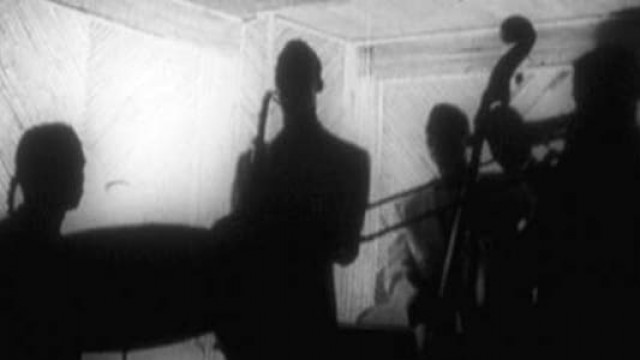
The Cry of Jazz
Where to Watch The Cry of Jazz

The Cry of Jazz is a captivating documentary-style film released in 1959 by director Ed Bland. This groundbreaking film features a cast consisting of numerous talented actors such as George Waller, Dorothea Horton, and Melinda Dillon who lend their performances to express thought-provoking ideas about jazz and race relations in America.
At its core, The Cry of Jazz initially appears as a music documentary that aims to discuss the intricacies of Jazz, an original American genre. However, it is essentially a social commentary that combines a compelling narrative with evocative imagery and music. The film is regarded as a unique contribution to both cinema and jazz studies because it deeply scrutinizes the essence, history, and future of jazz in the context of racial oppression and socio-political dynamics in American society.
The film sparks off with a gathering of racially diverse, intellectual musicians and music lovers in a small Chicago apartment. This is where George Waller and Dorothea Horton, among others, come into play. As conversation unfolds about the nature and essence of jazz, the audience is introduced to varied perspectives. Provocatively, the film asserts that jazz music was born from the deep pain, suffering, and enduring spirit of the African American community in the face of continual oppression and segregation.
Dorothea Horton takes the lead in guiding viewers towards this concept, a role through which she richly conveys the pain and resilience that underpins jazz music and, indeed, the African American community. As we toggle between the enacted scenes and documentary footage, the characters and the music form a deep connective tissue, reflecting racial tensions within the broader American society.
George Waller's performance as one of the skeptical characters in the group is compelling. His character engages in intellectual arguments, providing an opposing viewpoint with questions about the exclusivity of jazz and its connection to the black experience. This dialogic interplay helps to structure the film, explaining complex concepts to the audience in a digestible manner.
Melinda Dillon’s role is also instrumental in portraying the white perspective on jazz, a misunderstood embodiment of 'exotic otherness.' Her journey in understanding the deeper essence of jazz and its inseparability from the black American experience is subtly revealing, helping to foreground the thematic narrative of the film.
What makes The Cry of Jazz distinctive is its format. The dialogues and debates are complemented by actual documentary footage of black neighborhoods in Chicago, showing slices of ordinary life, struggle, and resilience. Also noteworthy are the segments of performance footage featuring celebrated jazz artist Sun Ra and his Arkestra who symbolically represent the evolution and artistic expansion of jazz. These provide the audience with an immersive perspective on the social context in which jazz thrived.
In many ways, The Cry of Jazz questions societal norms and assumptions, daring to say what very few dared to utter at the time of its release. It subtly unveils the divisive racial issues underpinning American society, and the significant part jazz music plays in reflecting and responding to these tensions. In the end, the film metaphorically presents jazz as a cry for radical change ringing out from the African American community.
From an artistic point of view, The Cry of Jazz combines genres os documentary and drama, which was pioneering for the time. The contrast between structured dialogue scenes and raw documentary segments keeps the audience engaged, highlighting the creative ingenuity of Ed Bland.
All in all, The Cry of Jazz is not merely a musical documentary about jazz; it is a poignant commentary on race, culture, music, and society that deserves attention. It is a noteworthy exploration of the profound connection between a musical genre and a community's experiences—an ofttimes painful but unflinchingly authentic representation of lived reality. For carefully weaving intense themes such as these into its narrative structure, The Cry of Jazz is often counted among cinema’s important and pioneering socio-cultural critiques.
The Cry of Jazz is a Documentary, Music movie released in 1959. It has a runtime of 34 min. Critics and viewers have rated it moderate reviews, with an IMDb score of 6.2..
